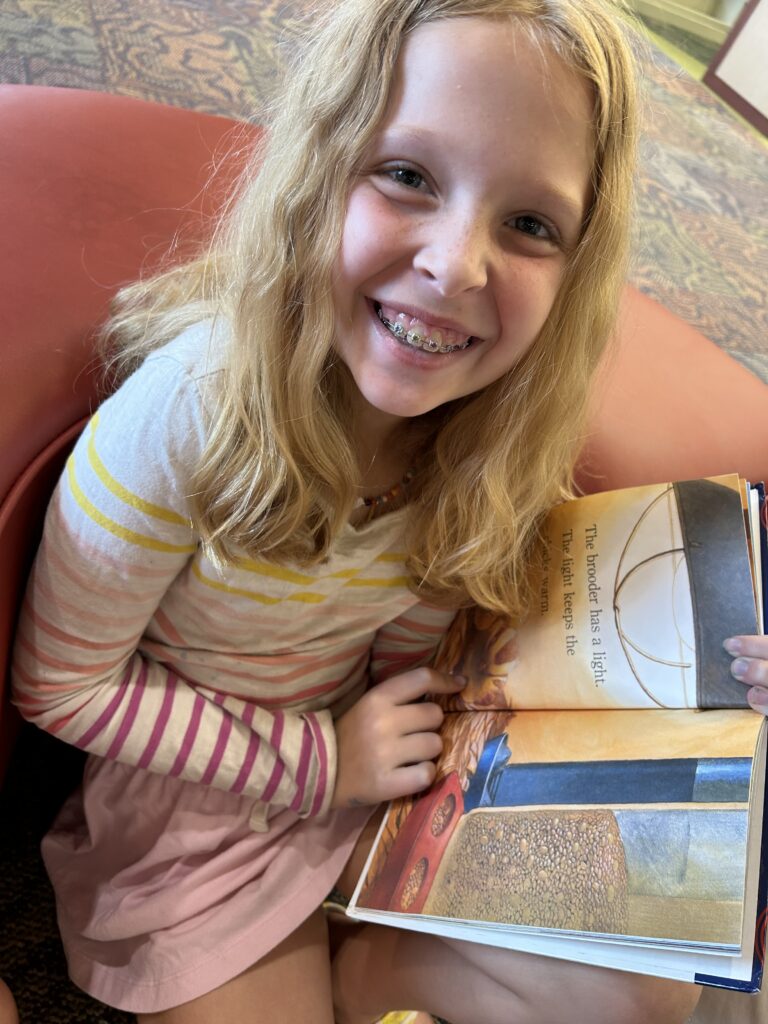Homeschooling
Find resources, success stories, and valuable advice for families considering this unique educational path, as well as education policymakers.

Tadpoles, robots, and sewing machines all part of this family’s hybrid-homeschool experience
Seppie Furlano gets dirty at school. It happens. He’s 8, he’s a boy, and one day a week, his classroom is a mixture of trees, shrubs, dirt, and mud. And there’s a creek. Seppie and his classmates, who include his 10-year-old sister, Luciana, climb trees, discover tadpoles, and build small... READ MOREPoetry in motion: The tale of one homeschool family using the PEP scholarship
TAMPA, Fla. – The poem is a father’s message to his son, that everything they do together will be a memory someday. “I’m going to love and hold you until...
READ MOREWhere kids still play in the woods
FERNANDINA BEACH, Fla. – Millions of students in American public schools are lucky if they get 30 minutes of recess a day. But the students at Wild Oak Explorers spend...
READ MOREAt 19, Gabriel is an ordained minister, motivational speaker, author, and now an education choice advocate
Gabriel Lynch III is new to his role as an education choice advocate. Though in essence, he’s been doing it nearly all his life. He’s a product of both private...
READ MORERising parent demand stretches Florida’s Personalized Education Program to its limit for 2024-25
Florida’s scholarship program for K-12 students who don’t attend school full-time has turned on the “no vacancy” sign. The Personalized Education Program operates as an education savings account that allocates...
READ MOREWherefore art thou Genevieve? She’s directing the Tallahassee Homeschool Shakespeare Club
Drywall is piled three feet high in the attic of Emily and Alan Lemmon’s home in Tallahassee. It was placed there a few years ago, intended for walls as the...
READ MOREAs homeschooling becomes more popular, a Florida library finds creative ways to engage families
LAND O’LAKES, Florida – It’s a few days before Valentine’s Day, and eight homeschool students at the Pasco County Library are about to sew a festive cloth dinner napkin to...
READ MOREVirtual reality allows tween with serious medical condition to experience the world safely from home
Tristan Drummond was born 10 weeks premature with one kidney and enough genetic disorders that doctors gave him a 50/50 chance to turn 1. He had his first surgery when...
READ MOREVirtual Reality games and banking app help mom make Florida teen’s education unique
Traditional school wasn’t working for Alexander Luther. The 15-year-old, who has autism spectrum disorder, would get overstimulated and tired toward the end of the 6-hour day. His mother, Sue, a...
READ MOREAnother Happy New Year for education freedom
As we prepare to say goodbye to 2023, it is worth noting what an extraordinary year it was for parental choice advocates. As recently as 2022, no states had statewide...
READ MOREHow an education choice scholarship gives Hannah her voice, her strength and a horse named Snowflake
OCALA – Seven years ago, Vicki and Tim Fouche were greatly dissatisfied with the care their daughter Hannah was receiving at her school for students with special needs near their Summerfield...
READ MORE

